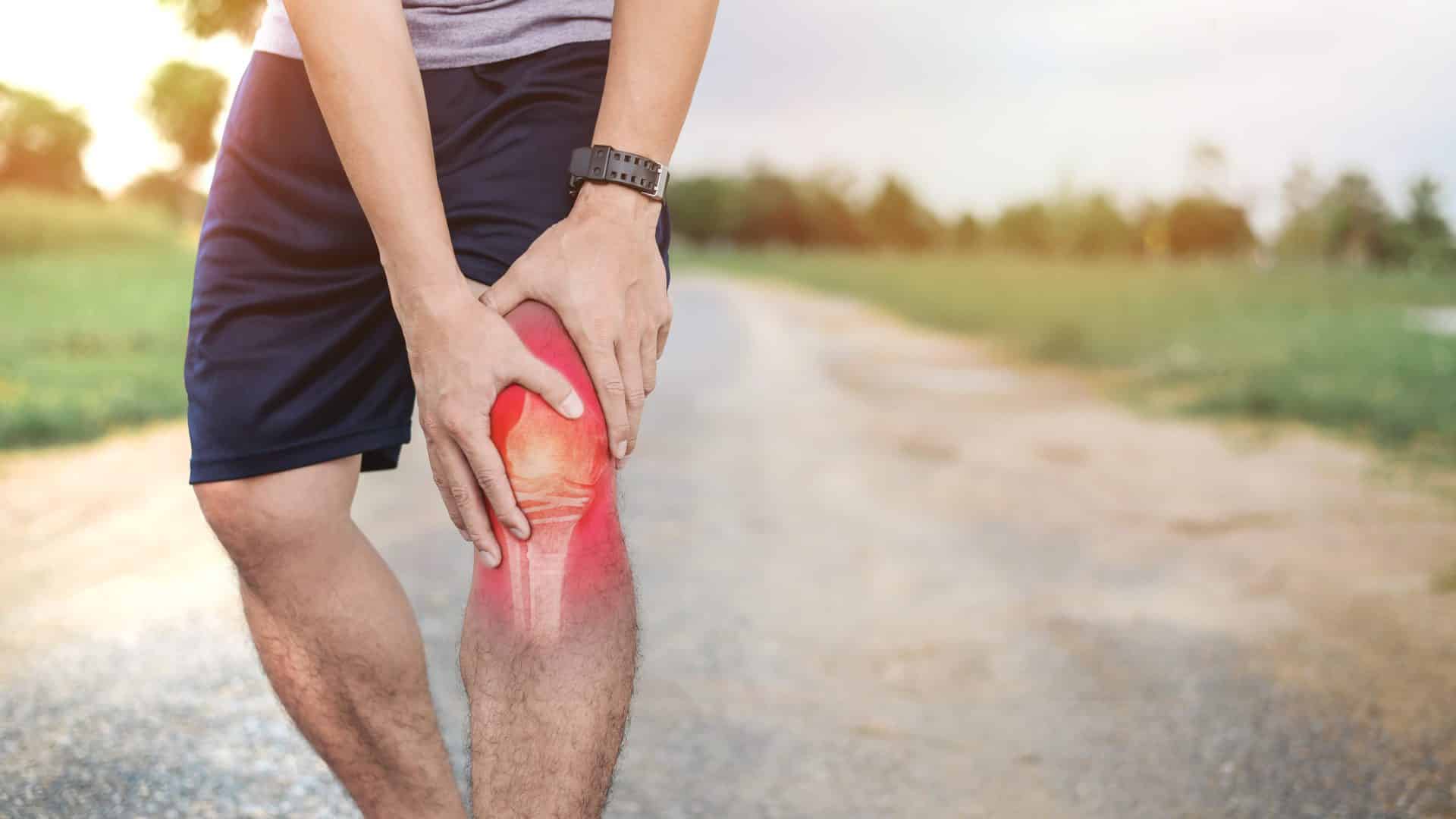What is Osteoarthritis?
Arthritis is a general term that means inflammation of the joints.
Osteoarthritis, commonly known as wear and tear arthritis, is the most common type of arthritis. It is associated with a breakdown of cartilage in joints and can occur in almost any joint in the body. It commonly occurs in the weight-bearing joints of the hips, knees, and spine. It also affects the fingers, thumb, neck, and large toe.
Osteoarthritis is the second most common condition associated with years of living with disability, just behind diabetes. Pain often drives people to the doctor, and it’s important to seek treatment as early as possible to avoid further joint damage and to alleviate your pain for the long-term.
Symptoms of Osteoarthritis
- Osteoarthritis symptoms often develop slowly and worsen over time
- Symptoms tend to build over time rather than show up suddenly. Swelling & Inflammation around a joint.
- Pain or aching in the joint during activity, after long activity or at the end of the day.
- Joint stiffness usually occurs first thing in the morning or after resting.
- Limited range of motion that may go away after movement.
- Clicking or cracking sound when a joint bends.
- Muscle weakness around the joint.
- Joint instability or buckling (knee gives out).
Who Gets Osteoarthritis?
Osteoarthritis affects an estimated 27 million Americans. The chance of developing the disease increases with age. Most people over age 60 have osteoarthritis to some degree, but its severity varies. Even people in their 20s and 30s can get osteoarthritis, although there is often an underlying reason, such as joint injury or repetitive joint stress from overuse. In people over age 50, more women than men have osteoarthritis.
Cryotherapy for Osteoarthritis Pain Relief
In the study of 40 patients suffering Osteoarthritis, each received 10 Cryotherapy treatments and were asked to rate their pain, the frequency of the pain, and their use of pain medication before as well as following Cryotherapy sessions for pain management.
Of those who completed the study, 80% of the Osteoarthritis respondents recorded that following their Cryotherapy treatment there was a significant improvement in the reduction of pain, with either zero pain recorded or very infrequent periods of low level pain.
Prior to the Cryotherapy pain management treatment, 48% of the patients reported strong pain that was either periodic, often, very often or continuous. Another 43% reported a mild pain of the same nature, and 5% recorded very strong pain.
Cryotherapy for Osteoarthritis Pain Relief
Following 10 sessions of whole body Cryotherapy 25% of people recorded no pain at all (previously all 40 study patients recorded some level of pain) while 63% recorded mild pain only periodically, or often following the study, a reduction in the level and frequency they started with prior to Cryotherapy treatment. All those in the study also reduced the amount and frequency of pain medication with 85% able to go without their usual pain medication and 10% able to take only on the spot painkillers for those infrequent moments of pain.
More importantly, mobility increased. With those who required partial assistance before the study then able to gain their independence back, an additional 23% of those who had limited mobility before Cryotherapy pain treatment reported no limitations.
The study was focused on the wellbeing of the patient and was looking for a proven way to allow physical activity, increased relaxation as well as an overall improvement in general well-being in those suffering from the pain and limited movement caused by Osteoarthritis.
Infrared Sauna for Osteoarthritis
One of the most effective treatment methods for osteoarthritis is heat, and this is exactly why Far Infrared Sauna Therapy (F.I.R.S.T.) is one of the best ways to help reduce the symptoms of osteoarthritis. The far infrared heat penetrates deep into the body and increases blood circulation thereby bringing oxygen rich blood to oxygen depleted muscles.
Increased peripheral circulation provides the transport needed to help evacuate edema (Edema is swelling caused by excess fluid trapped in your body’s tissues), which can help inflammation, decrease pain, and help speed healing. Given the fact that heat also increases collagen tissue elasticity, stretching after a sauna session can relax tight muscles and decrease their pull on the joints.
Therefore, stiffened joints and thickened connective tissues respond positively to Far Infrared Sauna Therapy (F.I.R.S.T.). Heat has also been shown to reduce pain sensation by direct action on both free- nerve endings in tissues and on peripheral nerves. With all these benefits of far infrared heat, I encourage everyone who suffers from osteoarthritis to try it out for themselves.
iV Hydration for Arthritis
Reduces Inflammation
Water helps reduce inflammation by maintaining your fluid balance. Research suggests that dehydration can trigger inflammation. Staying hydrated also helps to reduce inflammation by preventing joint friction due to inadequate synovial fluid. Friction increases inflammation, so it is important that your joints don’t become dehydrated.
Encourages the Growth of Cartilage Tissue
About 80% of cartilage tissue is composed of water. The movement of water through the tissue transports nutrients between cells. This helps maintain healthy cartilage.
Decreases Stress
Dehydration is associated with an increase in cortisol, your stress hormone. Cortisol produces the “flight-or-fight” response, increasing your heart rate and blood pressure—and leaving you feeling more stressed.
While drinking more water won’t affect any of the stressors in your life, if you have been mildly dehydrated, drinking more water may help reduce excess effects of your stress hormones.


